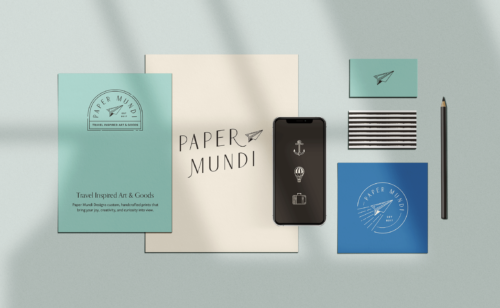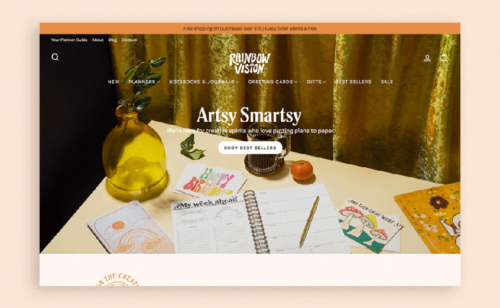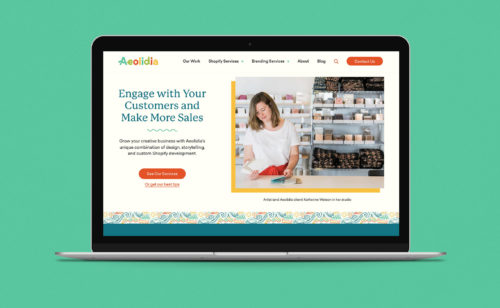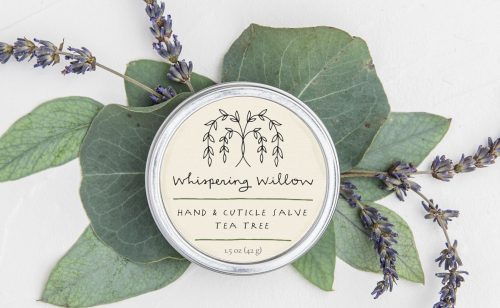
This post was originally published in UPPERCASE magazine, issue #57.
In thinking about surface pattern design for this issue, I wanted to share what I’ve learned about keeping design projects on track. At my branding and web design studio, we have honed our process over many years and with hundreds of clients. Success usually depends on the quality of the feedback given during the revision process of design projects.
In this process, the designer will present an initial design idea, and the client will offer feedback. The designer will then make revisions and present again. This can be a quick process, or go through many iterations. Revising based on feedback can strengthen the design, or weaken it. The mood can get elevated, or become discouraged.
The good news is that you can influence how well this goes in either the designer or client role.

Why is feedback important?
Giving feedback is an art in itself! Effective communication makes for a smooth process, with client and designer in sync. Learning how to recognize how useful any particular bit of feedback is has been great for my team. Knowing how to give good feedback when I’m a client myself has also served me well.
When feedback is on target and productive, design projects go quickly. The feeling of momentum keeps everyone upbeat and there are no lags that cause us to re-think our original ideas. We arrive at a better end product, because we leave the designer free to be creative. The project is more likely to meet goals if the goals are kept in mind throughout.

Before giving feedback
When a client is looking at a concept from a designer, here are some ways to prepare before sharing any feedback.
Be open to new ideas. It’s easy to have an automatic negative reaction to something you aren’t expecting, but that doesn’t mean it’s a bad idea. Preparing to see and consider anything allows for originality.
It’s important to reflect on goals for the project. Consider if this design will help meet them, or be a hindrance. In the end, that’s all that matters.
Put yourself in your audience’s shoes. This may be customers, readers, homeowners, clients. Who is the person who will be buying, using, or consuming the end product? It’s more important that they like the design than it is that either the designer or client do.
Remember that progress is the goal, not change for change’s sake. It’s so easy to feel like it’s your job to offer feedback as a client, and that you’re letting someone down when you don’t. Some of our very best work has been approved during the first presentation with no changes. If the client considers their goals and customers and sees that the initial design will work, that’s a win!

When giving feedback
Once the design has been considered and the client would like to see changes, communication is essential. It’s often hard to use words to talk about something that’s visual. “I’ll know it when I see it” is easy to fall back on, leaving a designer with no new direction. How can we get the results we want, when one person is designing, and the other understands the project needs?
Direct and kind honesty will get the best results. Clients shouldn’t hold back on critical feedback due to a fear of hurting feelings. A professional designer can hear criticism without taking it personally. A thoughtful client will be able to word requests in a constructive way.
Helpful feedback will present problems, but offer no solutions. It can feel like you aren’t bringing anything to the table when you don’t immediately follow up on your problem with ideas for fixing it. Those fixes are where projects can go wrong, though. For example, “I’d like to see something more cheerful” gives a designer more room for creativity than, “Can you make it yellow?”
Instead of making suggestions after presenting a problem, a client can elaborate on the reasons behind the problem. What’s working well, and why? What’s not working well, and why not? Then the designer has the freedom to find an innovative solution that the client may not have thought of.
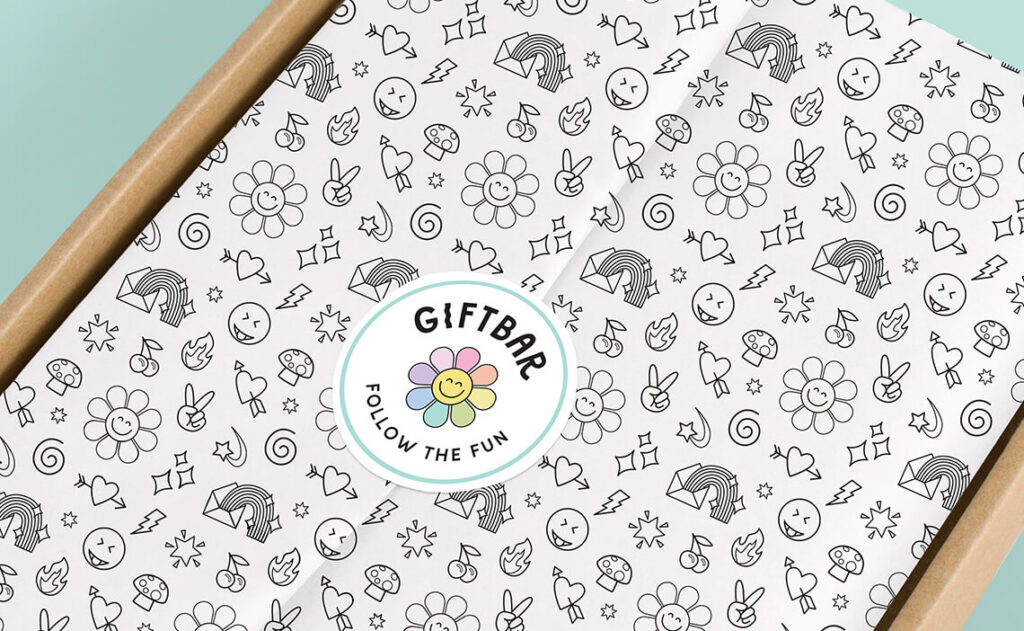
Preparing for success
Most design work ends up being a bit of a collaboration between a designer and a client, both with different roles. The client has the understanding of the business and customers. The designer’s role is to convey that message artfully while appealing to the intended audience.
A client can learn more about giving effective feedback to set themselves up for success. Designers can set good expectations, and steer the conversation in a way that allows them to do their best work. You can expect to see great results from such thoughtful collaborations.
If you would like to discuss a design project or learn more about the process of working with Aeolidia, drop us a line. We would love to hear from you!
Browse Posts
A Newsletter That Goes Beyond Shopify 101
It’s easy to find beginner info about ecommerce online. If you’re past that? Subscribe to our newsletter for advanced strategies and need-to-know info for established shops.
Learn how the top shops grow:
"*" indicates required fields
Related Posts
Let's take your online shop to the next level
The Shopify websites we design have a reputation for substantial improvements to ecommerce conversion rates and online sales. Let's talk!
 Grab my guide to the 10 main ways to grow traffic and optimize to boost sales.
Grab my guide to the 10 main ways to grow traffic and optimize to boost sales.